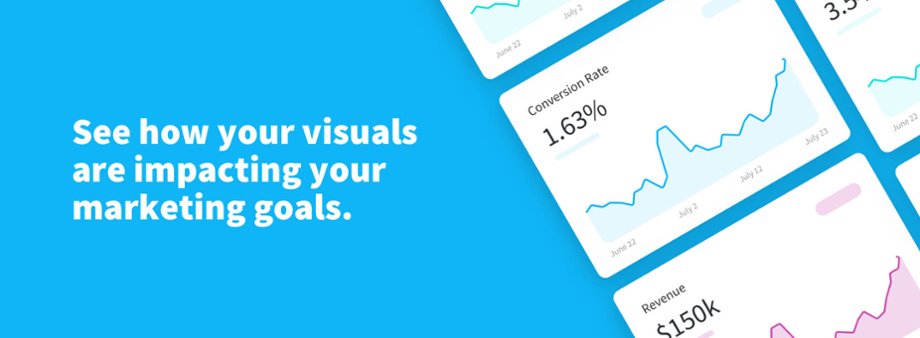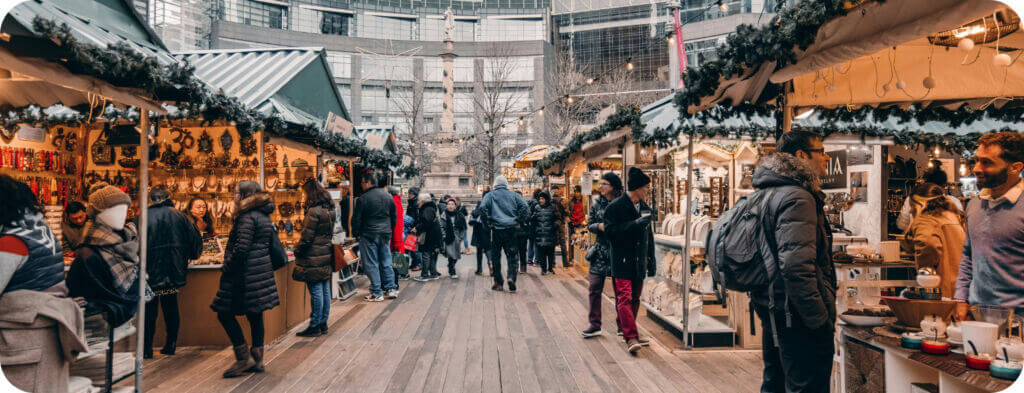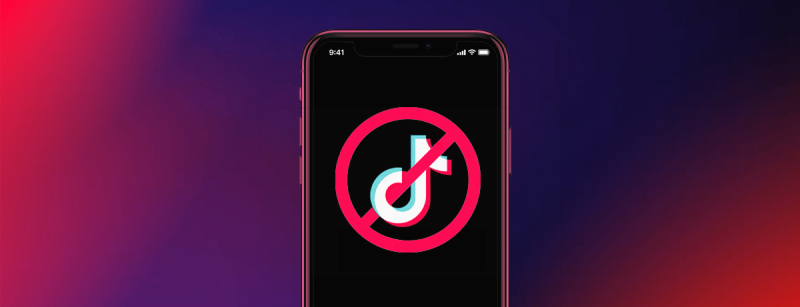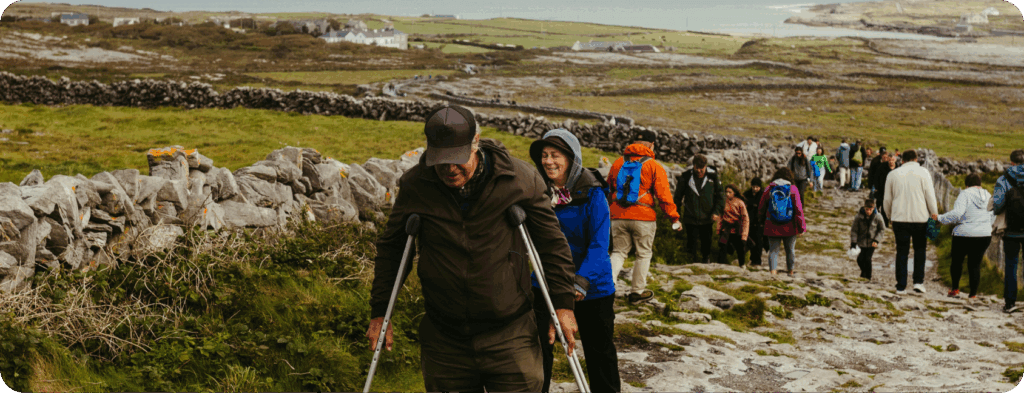
In the old days, managing a hotel was full of mysteries. Which images would make the hotel more attractive to business travelers or other audiences? How do you set room rates to maximize occupancy and profit? What inspires a guest to tell everyone about their stay and refer their friends?
The days of mystery are over. Those same questions are still valid but now we have the technology to come up with more definitive answers.
What gets measured gets managed so let’s get started with a series of metrics that top hospitality brands are using to improve overall resort and hotel marketing strategy.
Key Performance Indicators for Resort and Hotel Website and Content Managers
In a study by TrekkSoft, 66.7 percent of bookings were made directly on the resort or hotel’s website in 2018. Another 9.1 percent were made through online travel marketplaces. Clearly, online visuals have a huge impact on the travelers’ decision-making process.
That’s backed up by research that found that marketers rank images as far more important for making their point over text or video. And 68 percent of marketers say that they plan on using more images and visuals in the year ahead.
The following set of metrics can be calculated using Google Analytics and similar web-master tool sites. They help you determine the level of engagement of website visitors, which will be determined largely by your choice of images.
1 | Time on-site or specific pages
This is the number one measure of how much attention space your hotel is occupying in the site visitor’s mind. You want higher numbers on blogs, your homepage and booking information pages, and lower numbers on actual booking pages.
2 | Pages per visit
If the visitor doesn’t move on to gain more information on other pages, they have usually moved on to a competitor’s site.
3 | Bounce rate or exit rate
Here is how you can tell at what point they lost interest. The bounce rate measures people who come on your site and leave quickly. This could be an indication that your resort or hotel website design isn’t optimized. The exit rate is when people look around the site and leave when they reach a certain page. Both can tell you what visual content isn’t resonating.
4 | CTA conversion rate
The ultimate measure of success is whether they follow your instructions and make a booking or sign up for the email list. You can find this metric under the “Conversions” tab in Google Analytics, but you’ll need to have Goals defined by your GA admin.
5 | Visual influence on visitor behavior, conversion, and revenue
This is not a standard metric but one that top hotel managers and marketers create to better understand customer behavior. In Google Analytics, you can create a custom segment that compares the actions of site visitors that have clicked on or interacted with visuals, compared with those who haven’t. To do this, you’ll need to choose what visuals you want to set up as events.
You can also use a tool like CrowdRiff to measure the impact of your website visuals.
KPIs to Improve Conversions and Direct Bookings
While some travelers might just want to know prices and availability because they’re already sold on the property, most need to visualize themselves in the space to commit to a purchase decision. If you measure metrics like dwell time or clicks on a visual, you can get a sense of what to create more of, and what to adjust.
1 | Website conversion rate
Your hotel website conversion rate is arguably the most important metric on your website. The answer includes both back end fixes like load times to front end user experience improvements like finding more engaging visuals such as user-generated content.
2| Organic traffic growth
When resort and hotel guests love their stays, they are usually delighted to refer their friends and share the joy. This leads to organic growth, which refers to increased bookings from repeat stays and referrals. The less you have to spend to acquire new guests, the greater your profitability on a host of other metrics.
3 | Ranking for keywords
Your website will be invisible to most online searchers if it doesn’t appear on the first page of search results for popular search terms. It can be a complex task to discover how your best customers search and how to get there first. The important point is to stay on top of your resort or hotel SEO, keep track of search trends and rank higher on searches that more specifically identify your location.
4 | Bookings via different channels
Every potential customer comes to your site differently. Ideally, you should know incoming traffic from OTAs like Expedia, etc. vs. bookings that came in through organic growth sources.
As a subset of these metrics, you can set up specific goals and dollar values in Google Analytics to identify what has been the most cost-efficient. Like the visual influence metric in the section above, you can create segments to see when visitors stop to view an image or set of visuals before they made the purchase decision. This will tell you how much the current visuals contributed to your overall e-commerce revenue!
On the front end, try setting up CTA buttons and links directly below or close to specified images. Now you can see who followed the CTA through to purchase compared to other booking pathways.
But what about if you’re a hotelier more concerned day-to-day operational challenges? We’ve covered these metrics below.
General KPIs for Resorts and Hotels
There are plenty of online resources that can help resort and hotel managers figure out which KPIs matter most. Most agree on the essentials, which are meant to maximize profit in the long run.
1 | Total available rooms (TAR)
This is straight-forward but avoids the most common mistake of forgetting to include rooms that shouldn’t impact total profit. It gives you a base number to use for the other metrics below. Take the total of rooms on the property and subtract those that are out of order, not in service, or out of inventory for any reason.
2 | Average daily rate (ADR)
Another key metric, which is important to simplify calculations by weeding out discounts. Just take an average of the revenue for all rooms occupied over a specified reporting period. This is especially helpful in benchmarking against competitors.
3 | Revenue per available room (RevPar)
This is a stripped-down metric that isolates revenue for the room itself from any extra charges like food and beverage, add-on amenities or retail purchases. Take the total booking revenue and divide it by the first metric we outlined, the TAR.
4 | Average occupancy rate (OCC)
Now we get into the heart of revenue operations, such as whether it makes sense to discount rates and fill up the hotel when the higher occupancy rates will require more staff on hand to keep it running efficiently. Start by taking the total number of rooms sold over a reporting period divided by TAR for the same period.
5 | Average length of stay (ALOS)
Bring up the number of occupied rooms and divide it by the number of unique bookings. This tells you how long certain guests have stayed and what characteristics are shared by that target group. Over time, trends will come up to show you why some guests stay longer.
6 | Gross operating profit per available room (GOP PAR)
This is the number that you’ll want to show your boss first, as it’s a good overall measure of the health of your resort or hotel. Take the gross operating profit of the entire property and divide it by TAR. Break down profits by revenue sources so you can see how the rooms themselves perform compared to the add-on amenities.
7 | Market penetration index (MPI)
Some resorts and hotels call this the “occupancy penetration index” but what matters is that it measures the hotel against its closest competition. Divide your occupancy over a given period by the total number of rooms available in the local market, even if you have to estimate. Multiply the number by 100 to get a percentage for tracking progress toward your goals. Keep these numbers local, because every market and region is very different.
8 | Revenue generated index (RGI)
This is another excellent benchmarking metric to see where you rank vs your peers. Take your RevPar calculated above (number 3) and divide it by the RevPar for an aggregated group of hotels, then multiply by 100. Although the higher the better is a good rule of thumb, think about if the group you’re comparing yourself against has a similar enough set of conditions.
9 | Marketing cost per bookings (MCPB)
The last of the foundational metrics tells you the most about whether your messaging is really reaching the right customers. Each channel, from TV to pay-per-click to paid social, should be calculated separately so you can see what’s working. Subtract the total cost of marketing distribution in each channel from its revenue and compare how your budget is being spent.
We encourage you to experiment and find the metrics that help you reach your specific goals! Keep watching for new metrics that are evolving with changes to social media, such as click-through rates by viewer types and direct bookings in developing social commerce tools.
Image credit: @Lefteris kallergis














